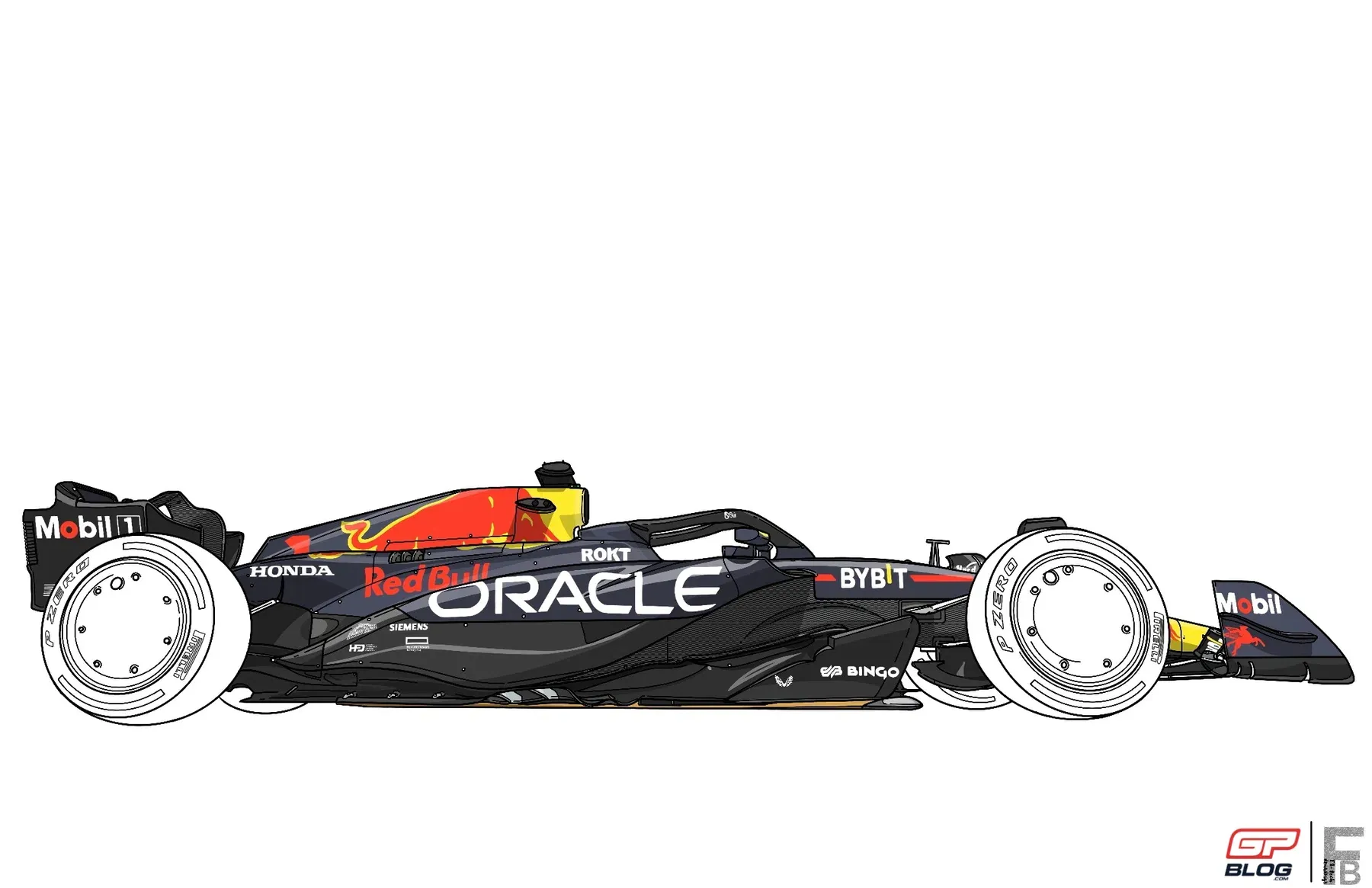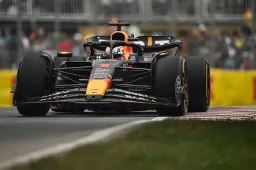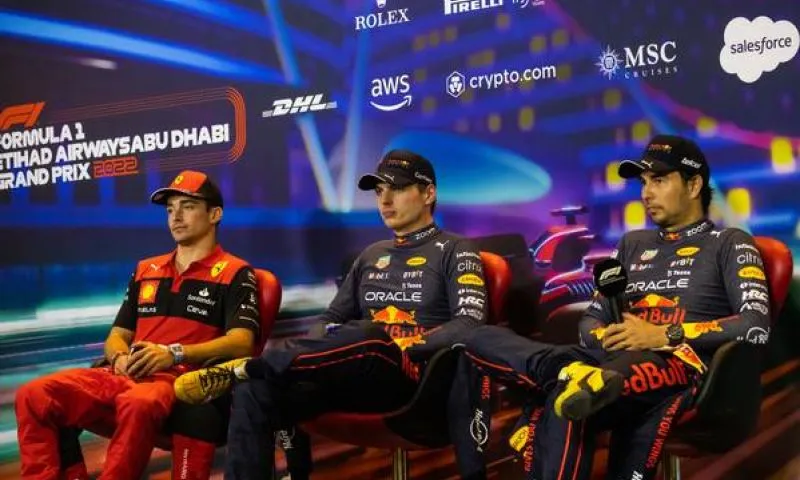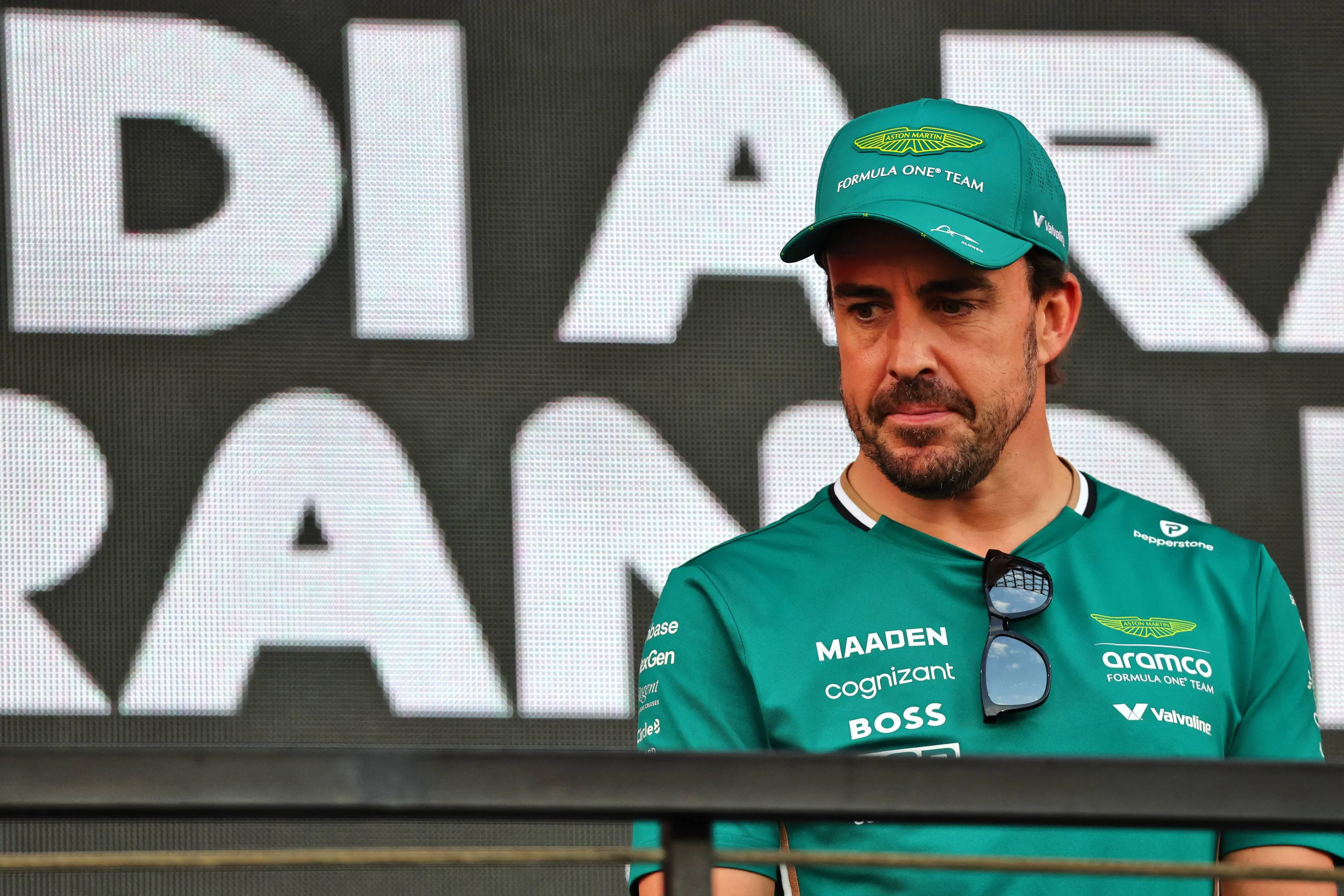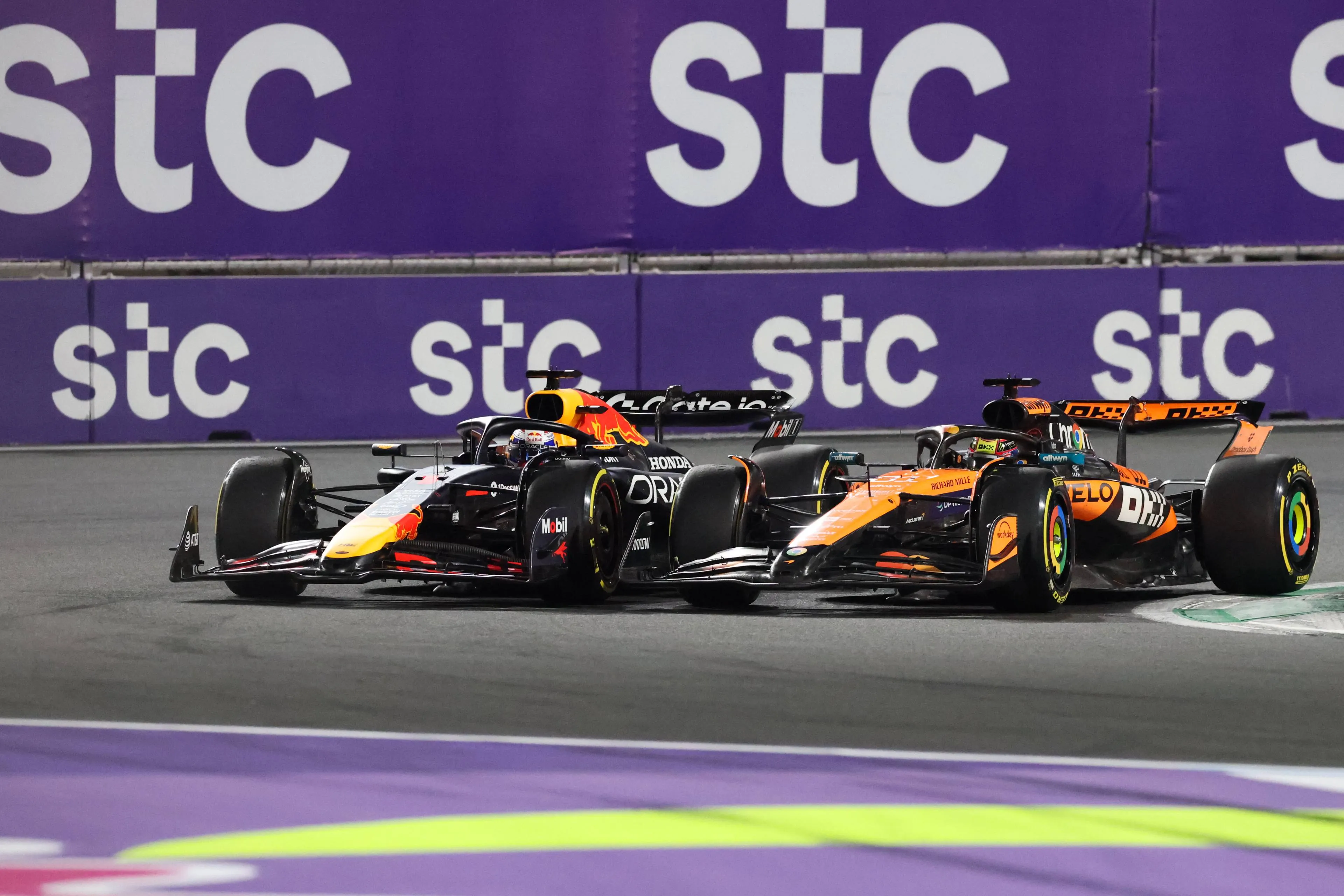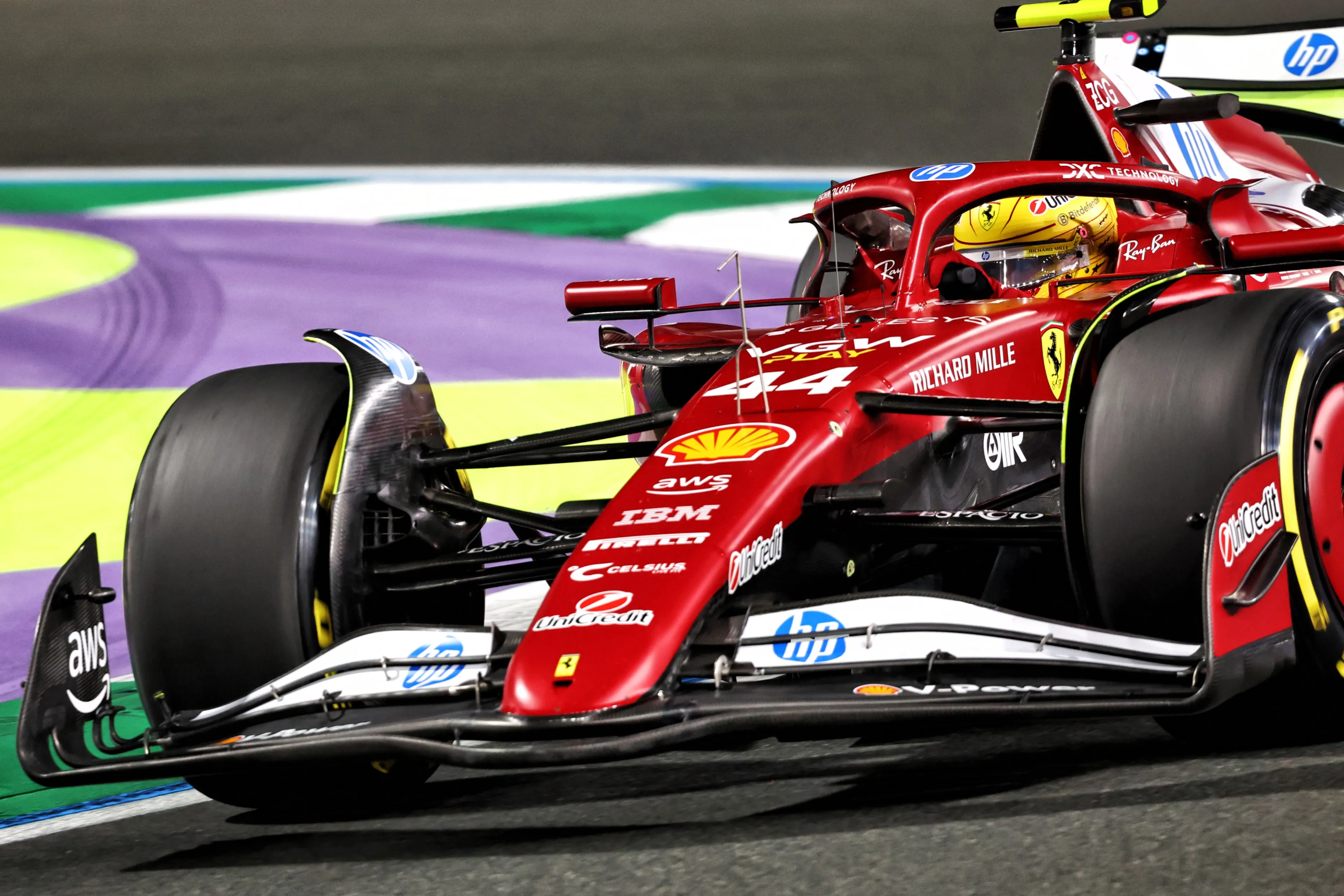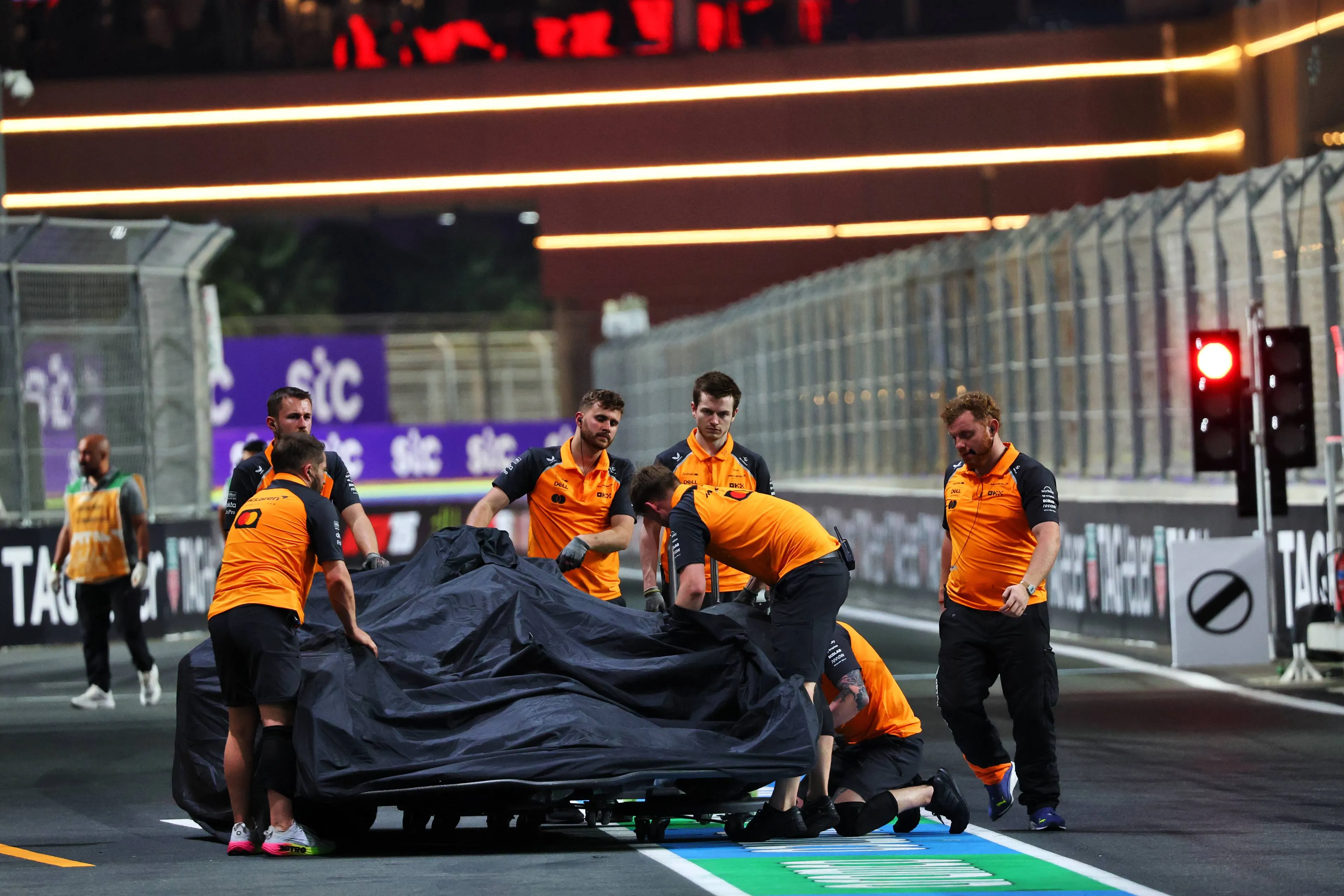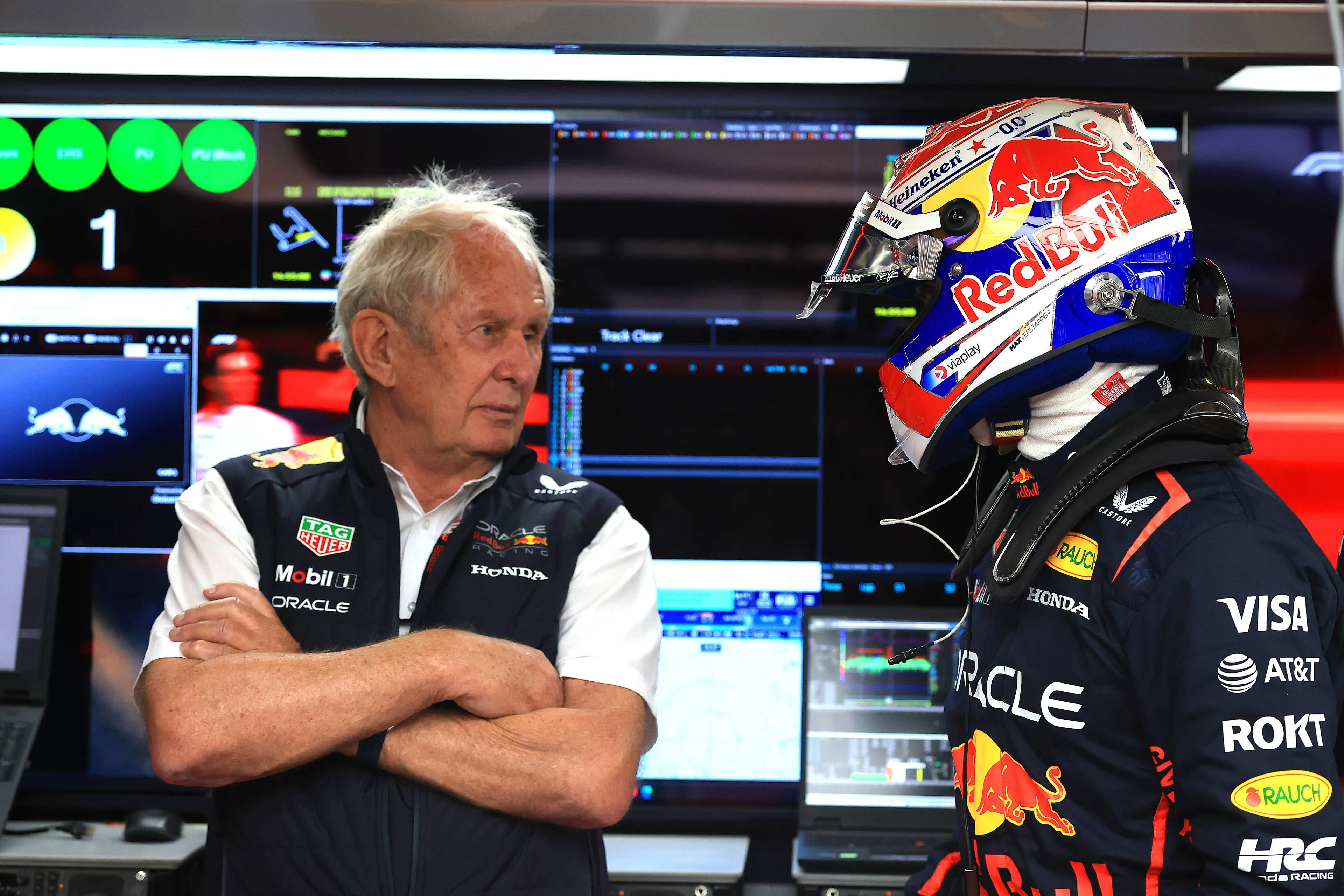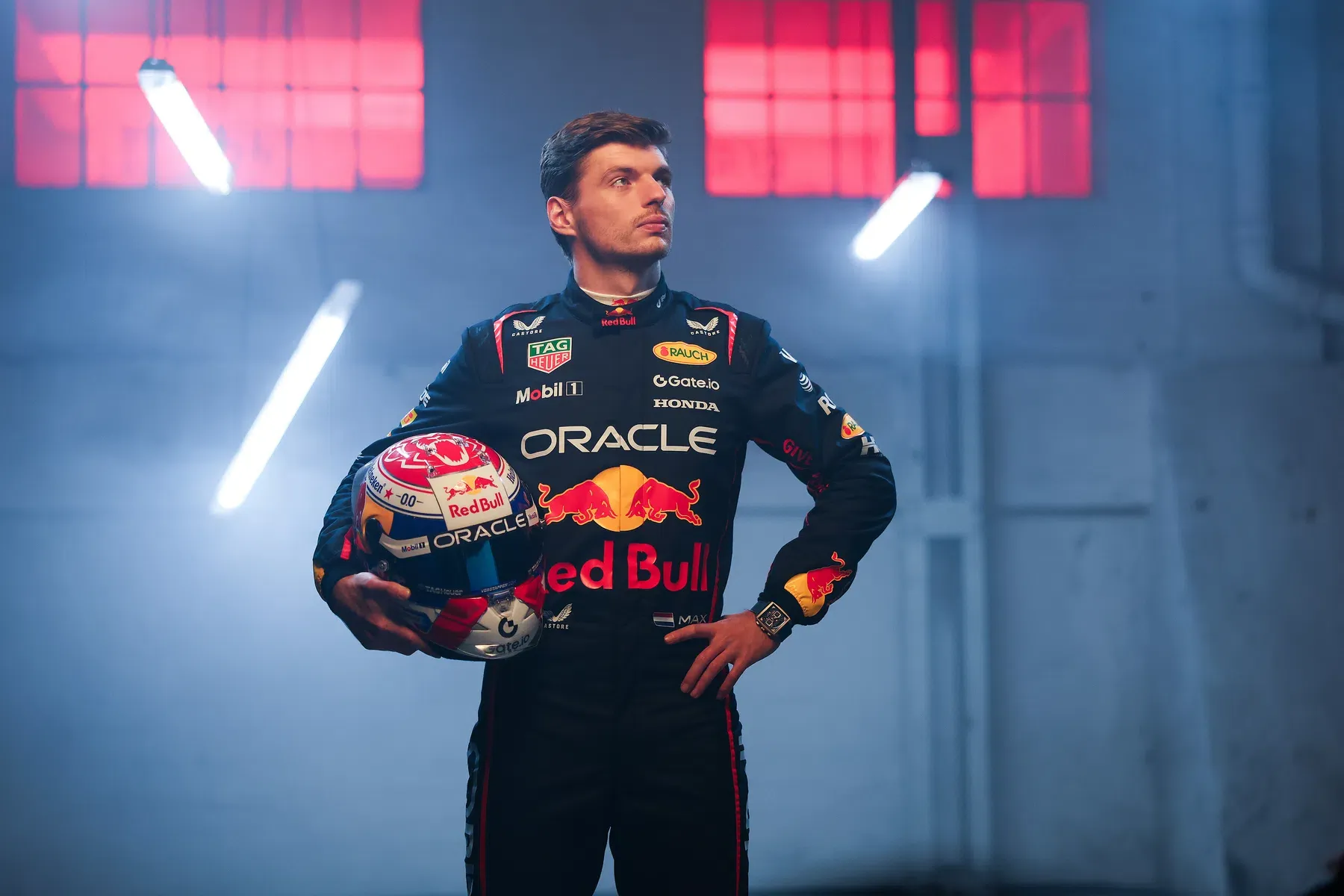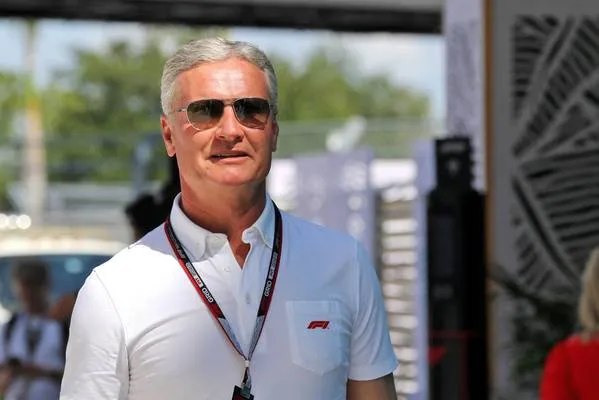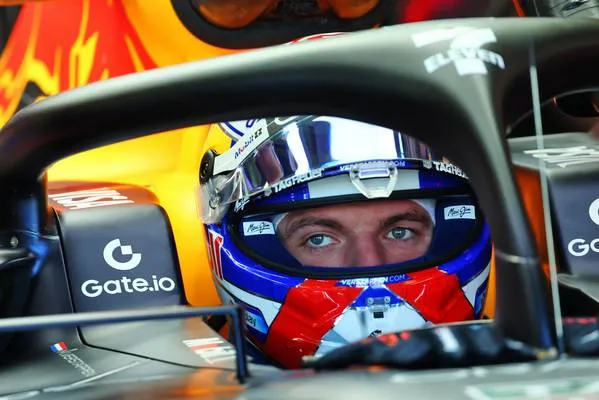With 21 victories over the 22 races in 2023, Red Bull had one of the most dominant seasons ever seen in this sport. This great success, however, was the result not only of the excellent work done by the entire technical team led by Adrian Newey and Pierre Wache in terms of building the RB19, but also of their opponents' (Ferrari and Mercedes) failure in reaching the winter development targets. As a consequence, Verstappen had no obstacles in winning 19 races, thanks to the extraordinary superiority of the Milton Keynes-based team. After all these records, does Red Bull really need to improve anything on the RB20?
Since the very beginning of the season, the RB19 proved to be very quick thanks to a crucial property: a very stable aero-mechanical platform, which allowed the engineers to run the car at a very low ride height. As a direct consequence, the car managed to produce great downforce levels from the Venturi channels and still managed to have super high top speeds, as the downforce generated underneath the car is the more efficient one, because it doesn’t require wings or physical elements which produce load at the cost of drag. Moreover, the RB19 was able to gain an advantage on other cars when the DRS was opened. The aspect behind their great top speed is related to the different flow management whether the DRS is closed or open: when the DRS is normally closed, air flows towards the end of the diffuser, beam wing and rear wing, in order to generate downforce (left section of the drawing). However, as the DRS is opened, the diffuser and the beam wing shed part of their downforce (and therefore drag) to increase the top speed, making the car gaining even 20/25 kph to the car in front.


These two elements combined made the RB19 performance unattainable for every other team, as they all struggled to make their car efficient and produce a high level of downforce at the same time, being consequently slower.
A lot of upgrades despite a quick car
Despite this great advantage, the team based in Milton Keyness had not been idle throughout the 2023 season, as they brought multiple upgrade packages to optimize their car’s efficiency and to also increase the amount of downforce generated by the body of the car and the Venturi channels.
During the first few races, the RB19 didn’t have a very sharp front end, but was more of a neutral car, an aspect which suited Perez's driving style rather than Verstappen’s. To increase the amount of downforce generated by the front wing, which was also a crucial aspect to put and keep the front tyres in the right operating window, Red Bull brought a completely new front wing in Melbourne. The new version was characterized both by a different design of the two upper flaps and by a completely revised endplate. As regards the penultimate flap, it had an increased chord along its entire length, with a slight reduction at the point of attachment to the metallic support near the nose (orange arrow). The last profile, however, also had an increased chord, but with a strongly raised edge in the section closest to the metal support attachment, to increase the in-wash effect (i.e. push the air flow all the way inside the front wheels, towards the bodywork) and direct the air towards the sidepods. This solution also provided a higher local downforce. As regards the endplate, it presented a different external flap: in the previous version, in fact, it had a constant width, while in the new version it presented an increased chord towards the front portion of the endplate itself. This solution had the aim of improving the out-wash phenomenon and reducing the vortices produced by the front wing into smaller vortices, reducing the overall drag.



These big changes made the front-end of the RB19 sharper, making Verstappen a bit more comfortable with the car.
However, as often happens in Formula 1, some changes to the front part of the car are closely followed by a few changes to the bodywork and the floor, because the airflow that flows around the car has changed.
For this reason, the team also brought some new parts at the following race in Baku: the main changes concerned the cooling inlet and the floor edge. In fact, there was a new ratio for what concerned the cooling inlet, as they were wider and shallower. This new solution made it possible to increase the speed of the air entering the radiators, improving cooling. Furthermore, this new shape made it possible to create a larger undercut between the cooling inlet and the upper part of the floor, increasing the flow of air directed towards the diffuser and beam wing. As a consequence, the mirror support was no longer at the end of the inlet, but was moved to a more central position.
Regarding the floor edge, it presented a greater chord of the "knife" profile, as well as a more "twisted" shape of the raised central section, probably to seal off the floor in the best way possible, increasing the low pressure area underneath the car.
These changes were quite effective, as they contributed to extracting even more downforce from the Venturi channels, making the RB19 even quicker in all medium and high-speed corners and also improved the already stellar tyre management. As a consequence, the team went on to win a series of races in Baku, Miami (where they scored the 4th 1-2 of the season) and Monaco, before introducing even more changes to the floor in Barcelona.
This time the changes were smaller than the one they introduced in Baku and concerned the floor edge and the upper trailing of the rear diffuser. For what concerned the floor edge, Adrian Newey's team continued the evolution of the raised section at the front portion of the “knife” element. In line with a solution already adopted by Williams, the lower part of this raised profile had been equipped with a small vortex generator, to push the wake turbulence coming from the front tires outwards.
As regards the trailing edge of the diffuser, it no longer had an arched shape as in the previous version, but the new version was wider and more squared, to improve the extraction of the flow from underneath the car, improving the overall efficiency and increasing the vertical load.
These changes increased once more the downforce generated by the Venturi channels and allowed the RB19 to run even lower to the ground. Upgrade after upgrade, Verstappen seemed to be more and more confident with the car, scoring a long series of victories (proof that the car was becoming sharper and sharper). On the other hand, Perez was a bit inconsistent after the accident during the Monaco qualifying, as he struggled in Monaco, Montreal and Barcelona, before coming back to the podium in Austria and at Hungaroring, where the Milton Keynes team introduced the last big package of the 2023 season.
The main changes concerned the cooling inlet shape, the lower side part of the sidepods and the floor edge. As for the cooling inlet, it had become even wider and shallower than the version introduced in Baku, becoming a proper "letterbox inlet". In this new and innovative solution, the lower lip of the cooling inlet was positioned much further forward, not only to "capture" the air destined to cool the Power Unit, but becoming a real flow diverter, useful for increasing the channel of air intended to feed the rear end of the car. For this same reason, the lower part of the sidepod now had a greater width in its outermost part, precisely to create a sort of "semi-closed" air channel that fed the beam wing and the diffuser. Finally, on the floor edge, small vortex generators appeared along the lower edge of the floor edge in its terminal part, with the clear objective of maintaining the vortices throughout the whole floor edge length, to seal off the flow for as long as possible, making the air flow underneath the car (and therefore the downforce generated) as undisturbed as possible.


This big upgrade package had the main goal of increasing the amount of downforce generated by the bodywork and reduce aerodynamic efficiency, without penalising the cooling of the PU, a crucial element to not affect reliability. The results were outstanding, as both Verstappen and Perez managed to score wins and podiums in total dominance, at least until Singapore, where the actual limits of the RB19 emerged. Since the beginning of the season, in fact, the Red Bull car behaved well in all fast and medium downforce corners, but was less dominant in slow speed sections, in the tractions zones and on bumpy layouts, the one where the kinematics and the mechanics of the car came into play. This aspect, however, was strongly connected to the development approach chosen during the designing phase, as Red Bull technical team decided to build a car intended to run at low ride heights and with a very stiff mechanical set-up, useful for making the aero-mechanical platform as stable as possible in all conditions and generate a high downforce level from the Venturi channels (thus being faster in high speed corners). However, this decision made the RB19 be less dominant on tracks where the suspension system had to be softer, to make the tyres follow the roughness of the asphalt and absorb bumps and curbs, making it more difficult for the car to enter its optimal operating window (low ride height and stiff suspensions). As a direct consequence, the Milton Keynes-based team suffered a lot in Singapore, where the slow speed and bumpy nature of the asphalt were not among RB19's strongest points.

The team, however, brought a new floor and a revised rear wing endplate to that Asian Grand Prix, but due to the low dependence from the aerodynamics of this circuit, the team decided to test the updates again in Suzuka, where also a different beam wing was used. The new floor was designed to increase the general downforce produced by the Venturi channels and to better seal off the flow underneath the car, to not suffer from gusts of wind, which can really make the car unstable, and to be sure that the flow wasn’t influenced by front tyres’ turbulence. The choice to run the single beam wing element was caused by the fact that the team was trying to discover how the new floor modified the flow not only in the low pressure area under the car, but also at the exit of the diffuser; this beam wing, in fact, should have guaranteed a lower drag, but this probably wasn’t the best one to be used, as they tried a new solution in FP2. The new double-element beam wing presents a very particular shape, with the upper element having a fairly long chord in the attachment section to the rear structure, which is shortened towards the endplate. Furthermore, this configuration has a shape whose objective is to push the external flow towards the endplate of the rear wing, while the internal one feeds the airflow coming from the rear wing and the diffuser.


Despite this being the last upgrade to the RB19, the team went on to win all the remaining races of the year.
Less dominant in 2024?
Coming into 2024 discussions, Red Bull only need to improve one important aspect on the RB20: its behavior in slow speed corners and on bumps and kerbs. As often happens, we’re talking about the famous covered short, because if they improve this aspect, they might lose their great advantage in all medium and high speed corners and, given that that choice paid dividends in 2023, it’ll be correct to keep on that path. However, it’ll be important to find a good compromise, in order for them to not struggle so much around slow speed street circuits in 2024.
Read more about:
Popular on GPBlog

1
How Christian Horner scored a significant victory over Toto Wolff
1341 times read
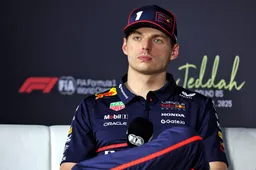
2
Why is the most logical option for Verstappen in '26 never mentioned?
833 times read
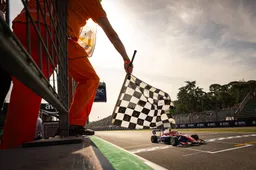
3
Formula 1 Appears to Have Made a Decision and Discontinues This Grand Prix
699 times read

4
This F1 driver left the biggest impression on Marko in 2025 so far: 'His approach is good!'
554 times read
